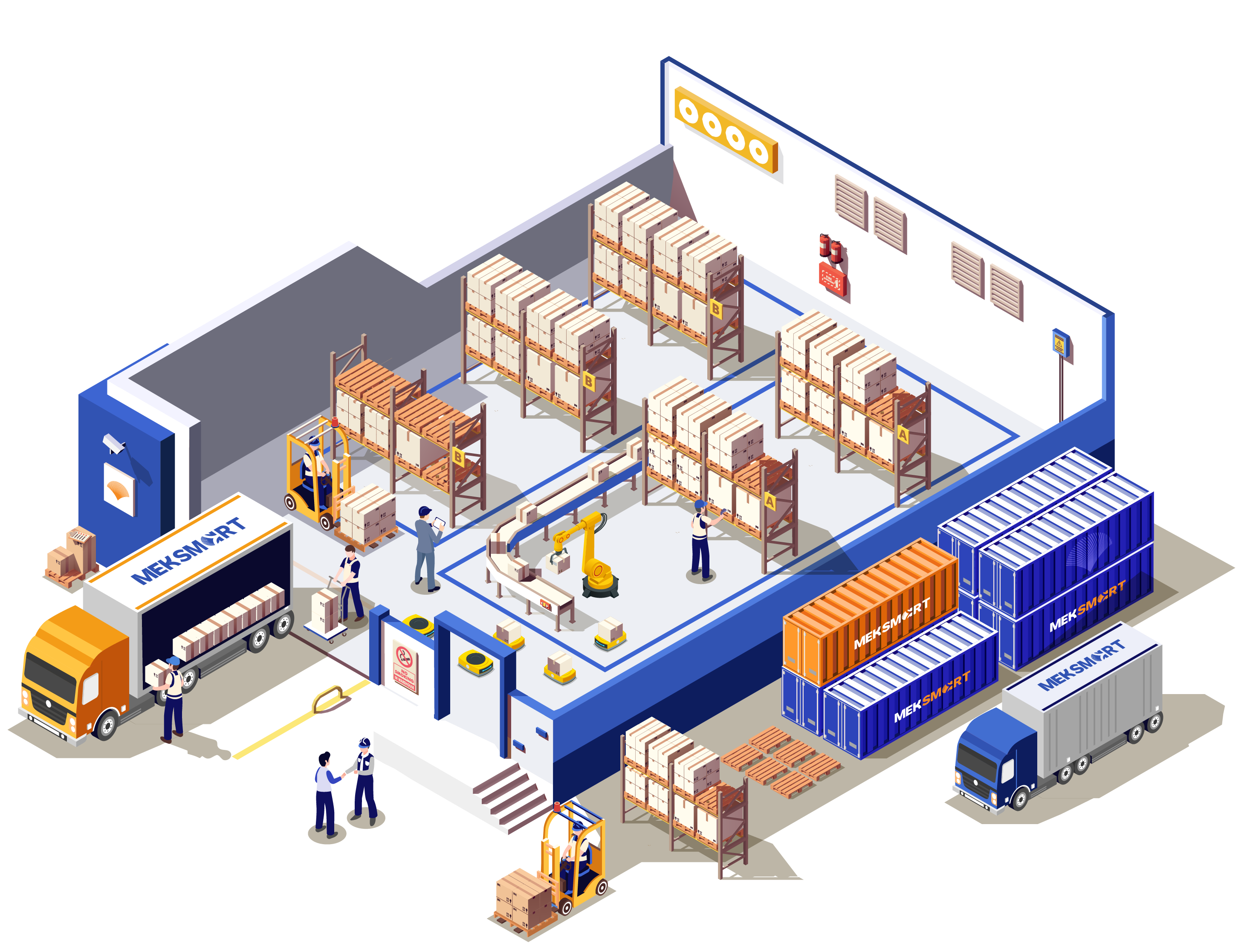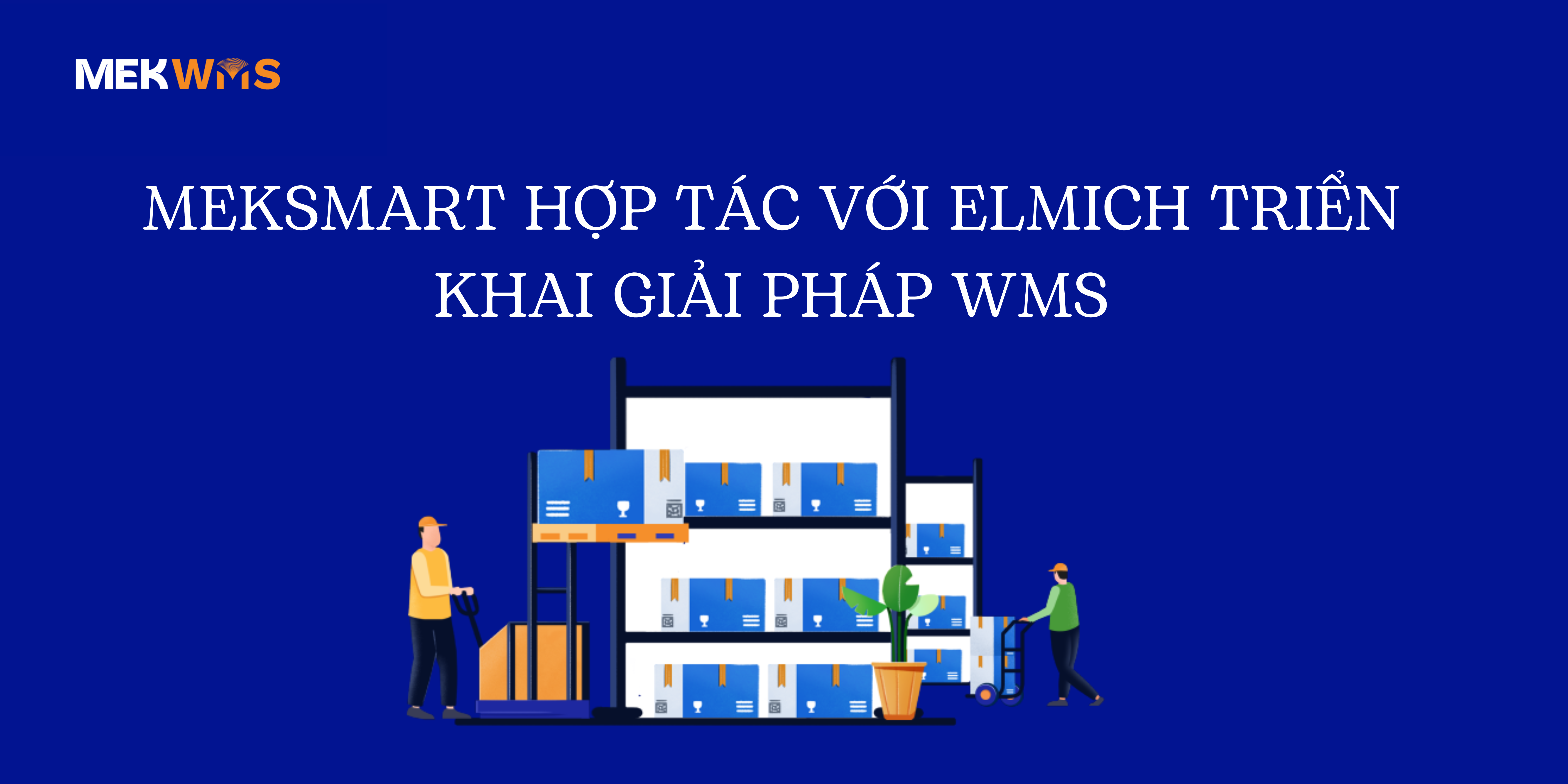MEKSMART
GENERAL NEWS
Author: TIÊN HUỲNH
Update: 17/11/2022
OPTIMAL SOLUTION FOR SWAP CONTAINERS TRANSPORT IN LOGISTICS
Optimizing transport costs is always a phase of interest for businesses operating in this field, especially import and export transport.
Container shipping in import and export often occurs waste in the stage of transporting and lifting containers and empty transportation, not to mention wasting personnel and time.
In this case, swapping containers seems to be a useful solution. Learn more about this solution in the following.
Overview of swap containers
Simply, swap containers involve the exchange of containers during import and export. This method helps manufacturers avoid the case of returning empty containers for import or export.
In European countries, swap containers have been deployed in recent years on the Avantida platform. Meanwhile, in Southeast Asia, this method has not yet become popular.
To be able to know the location of empty containers, businesses can use technology platforms to help identify and update the status of empty containers or not flexibly.
This will help carriers, container contractors and forwarder companies proactively develop appropriate transportation plans.
In doing so, carriers will cut wait times at terminals, reduce empty container cases, save costs and reduce emissions to the environment.
The shipping company can reuse the container and transport it to the containerized warehouse. When implementing the swap container model, enterprises can choose the number of container trucks, export ports, shipping lines, dates of use, etc.

Benefits of the swap container model
For domestic sea transport, when combining container packing and return containers, businesses can cut unnecessary costs, estimated at VND2 million per trip.
This is the cost equivalent to one-way transport from Hai Phong port to Ho Chi Minh City. Cost savings are due to cutting empty running costs and container lifting costs.
Epilogue
In short, a swap container is a model that helps make optimal use of containers for carriers, businesses, and shipping lines.
Accordingly, stakeholders can avoid empty containers in the import and export transportation process, thereby optimizing the cost of available container time, manpower, and resources. Hope that the article has provided some useful information for you.







